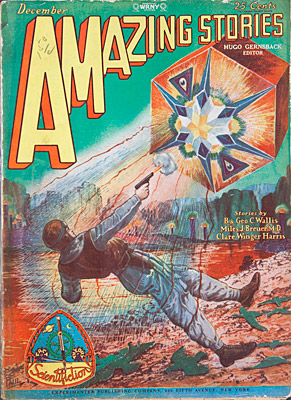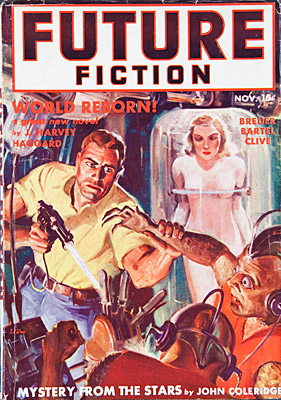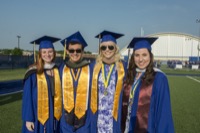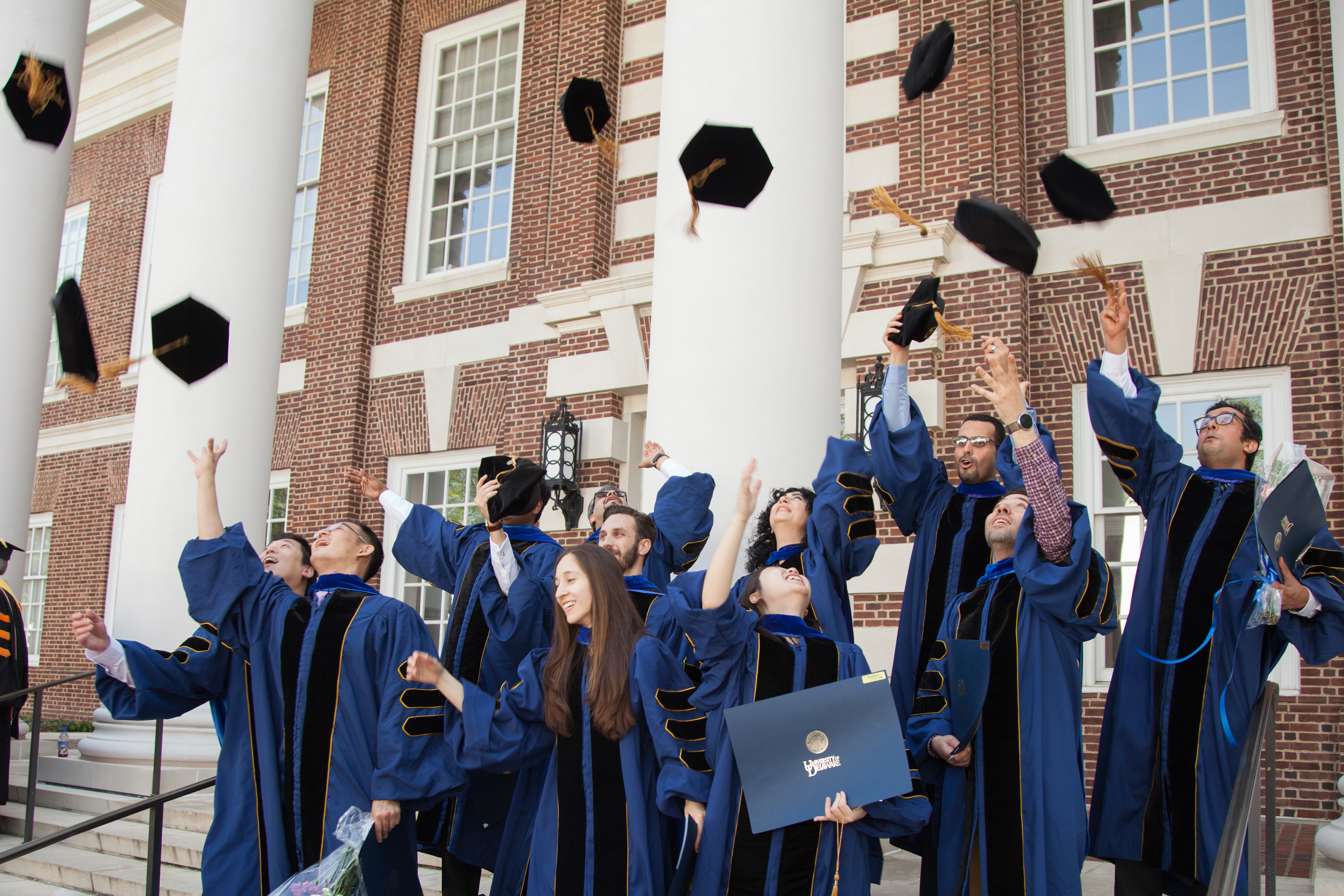

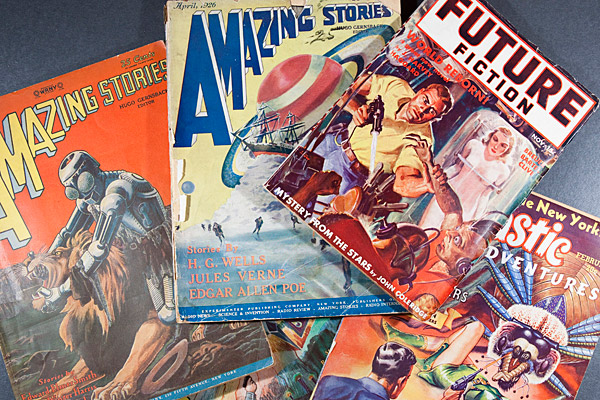
Futuristic history
Students use 20th century science fiction magazines for English course
10:16 a.m., March 26, 2012--Before the phrase “science fiction” described a class of literature, futuristic stories emerged in popular magazines and helped shape the culture of a generation.
Students experienced the historical development of this genre firsthand when they explored some of the thousands of magazines that are part of the University of Delaware Library's Special Collections.
Campus Stories
From graduates, faculty
Doctoral hooding
The students are part of Assistant Prof. Siobhan Carroll’s English 102 class, “The History of the Future: American Science Fiction from the 1940s to the Present.” Carroll said the magazines demonstrated the history of the science fiction genre, since most of the stories in them influenced science fiction works developed in later years.
The magazines are part of the Roland E. Bounds Science Fiction Periodical Collection, purchased in 2003, and date back to 1926 when the first science fiction magazine was printed.
Carroll said many of the stories deal with gender issues and the roles of heroes and heroines. She said students also reported depictions of historical events in the magazines, including more descriptions of military technology during the time frame of World War II.
She said the cultural influences in the magazines demonstrate for students the reasons for differences in modern science fiction compared to its 20th century predecessors.
“They’re in a better position to understand why stories written now are so different from the stories written in the '20s and '40s,” Carroll said.
Alex Johnston, assistant librarian for Special Collections, worked with the students as they studied the magazines for their course. He said most students were interested in the cover art and advertisements within the publications, which they are only able to see because the copies in Special Collections are originals.
“You would obviously not see those reprinted in a modern magazine,” Johnston said.
Johnston said the breadth of the University’s collection is rare because many of the magazines had a low survival rate. The collection spans to 2001, though most of the magazines are from the late 1920s to early 1950s.
Maya Althouse, a sophomore with English and entomology majors from Rebersburg, Pa., said she was excited to work with the magazines and was intrigued by the relationship between the stories and culture of the time period.
“They showed me how you could take a work of fiction and portray current events and social issues,” Althouse said.
Sophomore Sarah Braverman, an English major from Randolph, N.J., and a student in Carroll’s class, said she chose the course because it didn’t seem like any she had previously.
Despite some of the main characters being robots, Braverman said there were still human elements and emotions in the characters, as in other genres of literature she has studied. She said she appreciated the ability to review the stories with the same magazines people read in the 1920s.
“It was really interesting to hold them and use them and see just what they were reading,” Braverman said.
Carroll said she hopes students have a different perspective on literary analysis with the help of these texts. She said she thinks the magazines helped students contextualize the stories and realize they had an impact on multiple generations.
“These texts were not in an isolated bubble,” Carroll said.
Article by Lauren Pitruzzello
Photos by Ambre Alexander




